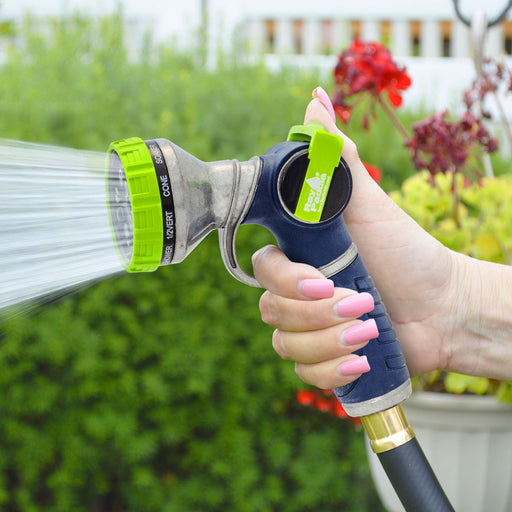
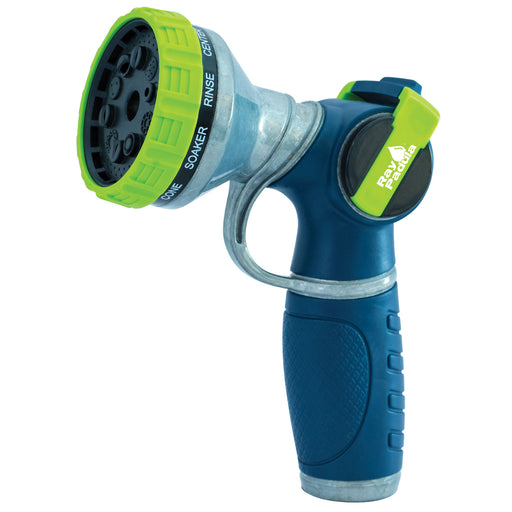
RP-SRSP-D
PRO Thumb Control Ultra Heavy-Duty Metal 10-Pattern Hose Nozzle
Features & Benefits FB Specifications Product Dimensions Product Width (in.) 5.20 Product Height (in.) 6.90 Product Depth (i...
View full details- Free Shipping with $29 order
All orders totaling $29 or more receive FREE standard ground shipping at checkout. Taxes, shipping, discounts, promotions, and gift card charges do not count toward the minimum qualifying purchase.
This offer applies to the 48 contiguous U.S. states only. Does not include shipping surcharges or flat rates. Additional oversized freight charges may apply to some items.
* Some items may not be eligible for free shipping and will be specifically marked as ineligible for free shipping.
International customers will incur additional charges. Ray Padula Holdings is not responsible for typographical errors or omissions. Prices, promotional offers, and product availability subject to change at any time, without notice.
For full shipping details, click here.
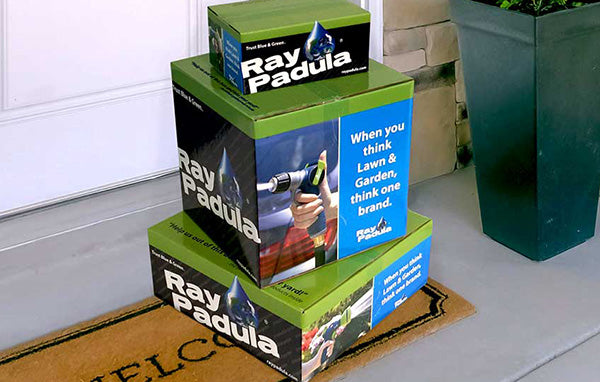


We're always standing by and ready to help!
We're always standing by and ready to help!
Let's Eliminate the Guesswork

Explore Ray's favorite items, and some of our most popular solutions for your yard
Scroll to Top
Gardening tips, product promotions, and much more, delivered right to you!
We’re thrilled you’re here. Whether you're a gardening expert, a new homeowner, or someone just starting to develop a green thumb, look no further than the Ray Padula brand of lawn and garden products. We invite you to come garden with us, and join the gardeners around the world who rely on our exciting, innovative products to help with growing the yard of their dreams.
We’re thrilled you’re here. Whether you're a gardening expert, a new homeowner, or someone just starting to develop a green thumb, look no further than the Ray Padula brand of lawn and garden products. We invite you to come garden with us, and join the gardeners around the world who rely on our exciting, innovative products to help with growing the yard of their dreams.
Copyright © 2025 Ray Padula Holdings, LLC
These items go perfectly with the brand new you're about to purchase.


Features & Benefits FB Specifications Product Dimensions Product Width (in.) 5.20 Product Height (in.) 6.90 Product Depth (i...
View full details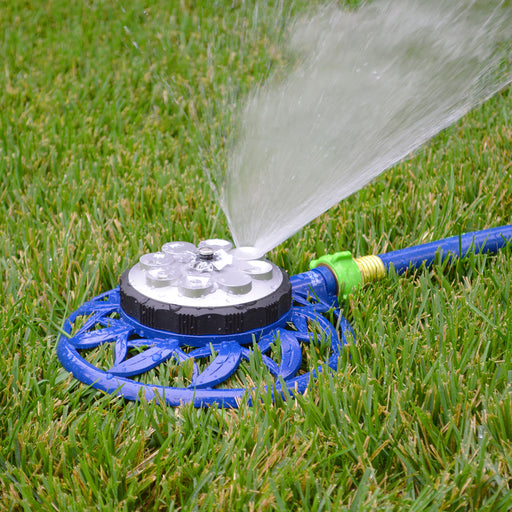
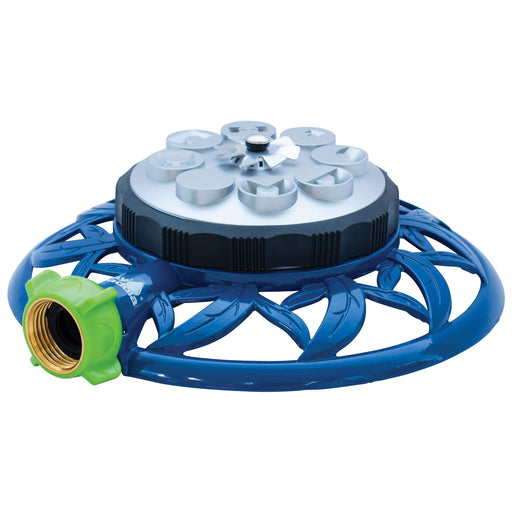
Features & Benefits FB Specifications Product Dimensions Product Width (in.) 8.58 Product Height (in.) 2.36 Product Depth (i...
View full details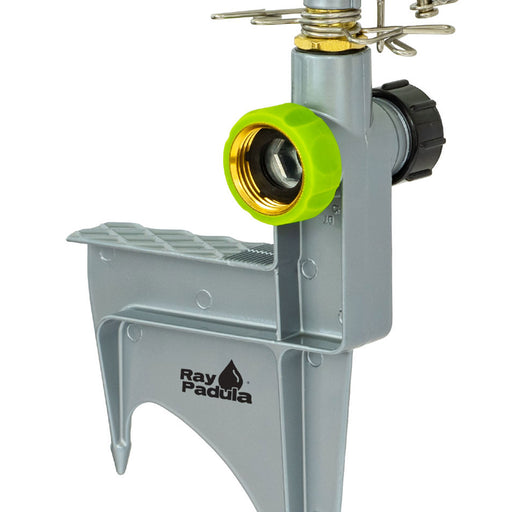
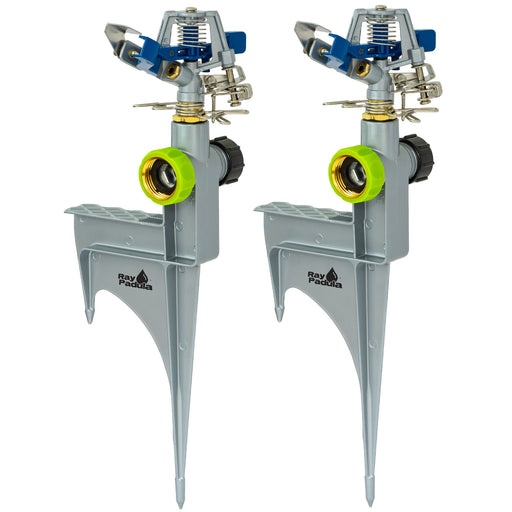
Features & Benefits FB Specifications Product Dimensions Product Width (in.) 4.60 Product Height (in.) 13.80 Product Depth (...
View full details



